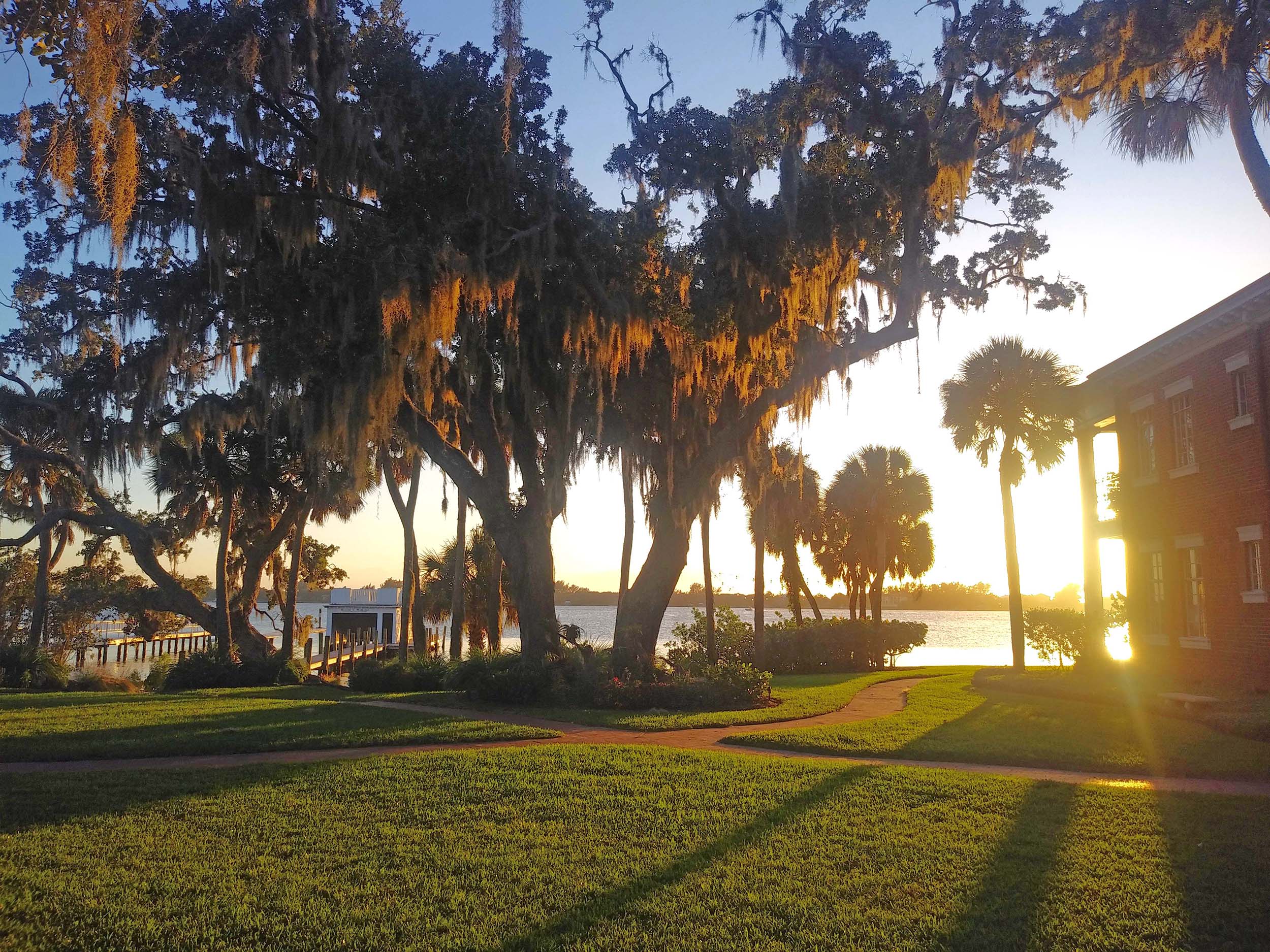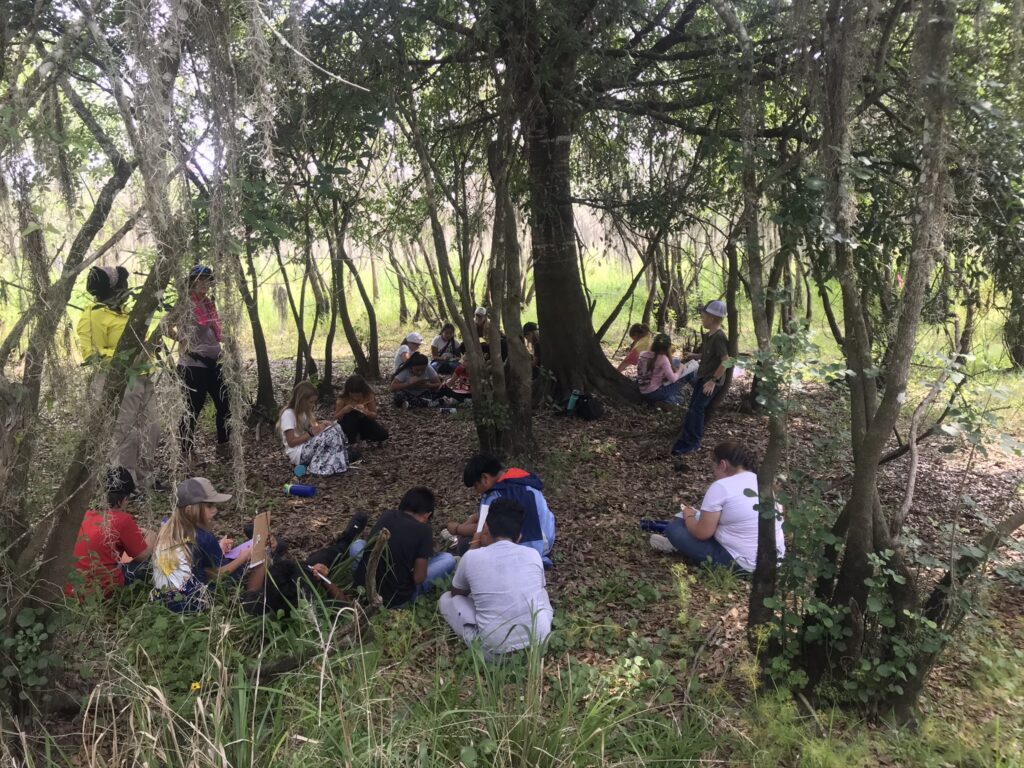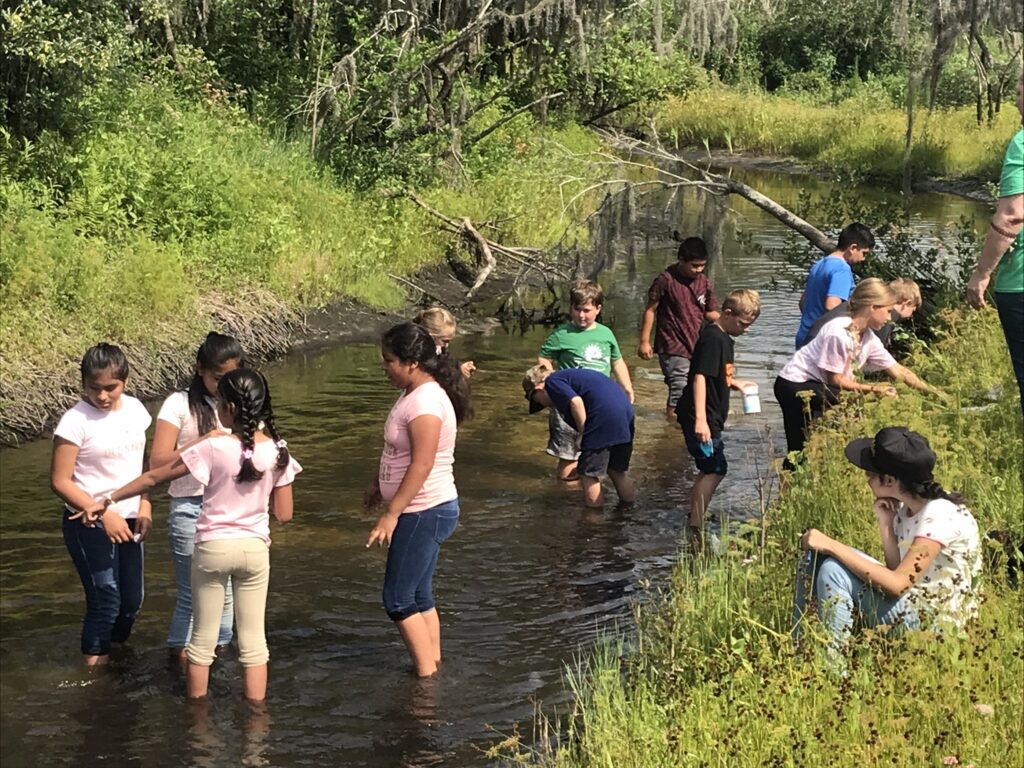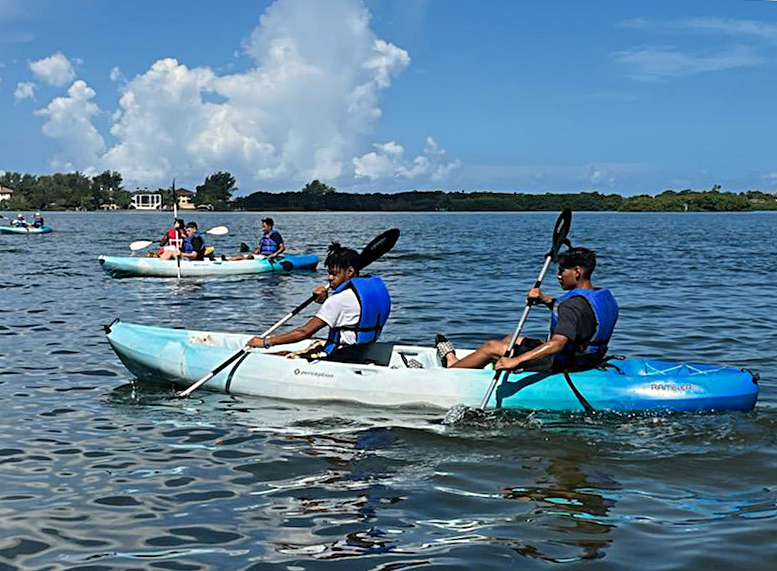
Feature
For the Love of People & Nature: Conservation Foundation of the Gulf Coast
Supporting the vital mission of the Conservation Foundation of the Gulf Coast is an investment benefiting you, our children, our wildlife, not only for today, but for generations to come.
By Simone Knego | April 2023
The Conservation Foundation of the Gulf Coast was founded in 2003 by a group of concerned citizens who saw development outpacing land conservation. They decided to create a land trust to support conservation in our local area. The trust was originally known as the Sarasota Conservation Foundation but as their work expanded beyond Sarasota, they selected a name that better reflected the organization. Conservation Foundation of the Gulf Coast focuses on land conservation from South Tampa Bay to the Everglades. Their mission is to protect the land and water in Southwest Florida for the benefit of people and nature.
In 2021, the state of Florida made conservation history by passing the Florida Wildlife Corridor Act. This act formally recognizes the Florida wildlife corridor, an interconnected network of green spaces that includes ranch lands, undeveloped land, natural lands, and farmland, permanently conserving these areas. A long-term vision of the Conservation Foundation of the Gulf Coast is to create a corridor of conserved lands that will connect the local area to the Florida wildlife corridor. The goal is to establish conservation lands that will run from Northeast Manatee County all the way down to the Everglades.

To date, the Conservation Foundation has protected more than 19,200 acres across 56 properties because of people who care about our lands, waters, and way of life. This adds up to 30 square miles of protected land to help support our wildlife and waterways and provides spaces for people to appreciate nature. The organization partners with landowners, businesses, and government to conserve the environmental excellence of our lands and waters in Manatee, Sarasota, Charlotte, Lee, and Collier Counties.
One way to save land is through conservation easements, where willing landowners either donate or sell some of the rights to their property. This could include development, mining, or habitat destruction rights. Each conservation easement is negotiated and is unique to that land and to that landowner’s desires.
Christine Johnson, President of the Conservation Foundation of the Gulf Coast, explains, “Let’s say a rancher owns 1,000 acres, and they currently have a barn and two homes. But they want to be able to build two or three more homes for future generations. They can negotiate those conditions in the conservation easement so that those rights stay with them and are not part of the conservation easement. They can conserve the land while still maintaining their rights to live on the property.”
Land conservation is critical in addressing some of society’s most challenging issues from habitat loss to the climate crisis. The Florida Wildlife Corridor helps protect over 700 threatened species, including the Florida panther and the Florida black bear. Panthers and bears need these corridors to be able to travel vast areas in search of food. Panthers require between 45,000 and 120,000 acres as their home territory. Due to urban development, habitat changes have made wildlife corridors essential for the well-being of our communities.
According to Johnson, “If we can protect the panther and the bear, apex predators in Florida, we protect every other animal underneath them. If we have the right number of bears and panthers, then we have the right number of deer and scrub habitats for the scrub jay. It is all interconnected.”
Florida is one of the most biodiverse states in the United States, and therefore it attracts many tourists who come solely to see Florida’s vast wildlife. Ecotourism has a huge economic impact on the state of Florida. The Florida Fish and Wildlife Conservation Commission estimates that outdoor activities have a $10-billion impact on the state’s economy annually.
“More people come to Sarasota to birdwatch than they do to play golf,” says Johnson. “They spend more money than the golfers do. They stay longer than the golfers do. When people come to Sarasota, they say the number one reason is because of the beach; the number two reason is to view wildlife.”
Not only is the protection of Florida’s land important for the preservation of wildlife, but it is also important for preserving the watersheds that provide drinking water to Floridians. Constructing roads, buildings, and other impervious surfaces causes stormwater runoff and reduces the usable water supply. If we protect the land, we protect our drinking water.

The Conservation Foundation of the Gulf Coast also believes it is important to invest in our local children’s well-being. Its Youth in Nature initiative engages local at-risk youth in our region in a variety of nature experiences.
The overarching goal of Youth in Nature is to create ‘Wow!’ moments in nature, by providing a range of experiences in our region’s spectacular parks and preserves and hopefully catching sight of some of nature’s most spectacular creatures. The Conservation Foundation collaborates with regional nonprofits that serve this target youth population and corporate partners interested in community engagement and employee volunteerism.
“The next generation of voters and the next generation of donors are the next generation of people who will care for our environment,” says Johnson. “We are bringing kids outside because this generation is growing up inside, not knowing what is in their backyard, not to mention what is in the rest of the county. We have kids that grow up half a mile from the intercoastal that have never been in salt water before. The Conservation Foundation wants to ensure that children in our area learn about our local ecosystem and get to experience the outdoors.”

When asked about why this work is so important to her, Johnson shared, “I was born and raised here in Manatee County and have seen so much growth and so much loss. I grew up taking walks in the woods, hearing a Chuck-will’s-widow calling at night, and smelling orange blossoms in full bloom. As a fifth-generation Floridian, knowing that the work we do will last for future generations to enjoy, that keeps me hopeful and gives me energy.”
There are many opportunities to donate or to get involved with the Conservation Foundation of the Gulf Coast, including helping with restoration work, assisting in the office, and volunteering at a multitude of events and programming.
On April 19, their fourth annual nature lecture will take place at Michael’s on East from 11:30 am to 1:00 pm. The event features Jason Vuic, author of The Swamp Peddlers: How Lot Sellers, Land Scammers, and Retirees Built Modern Florida and Transformed the American Dream.
Please visit conservationfoundation.org or call 941.918.2100 for more information.



You must be logged in to post a comment Login